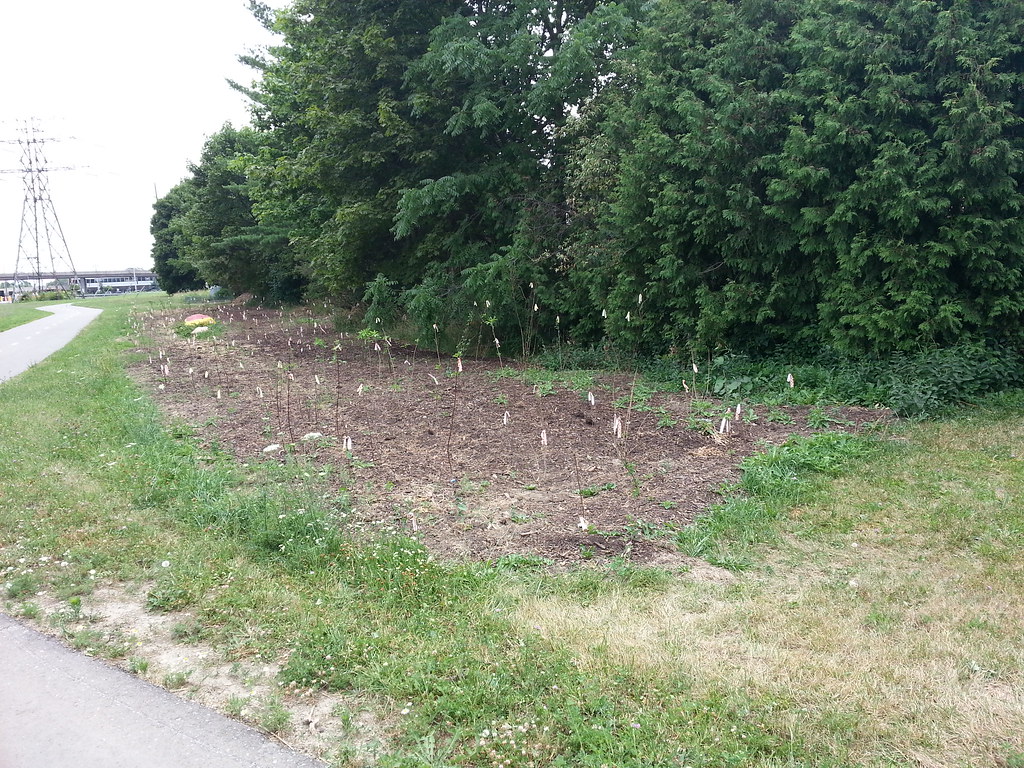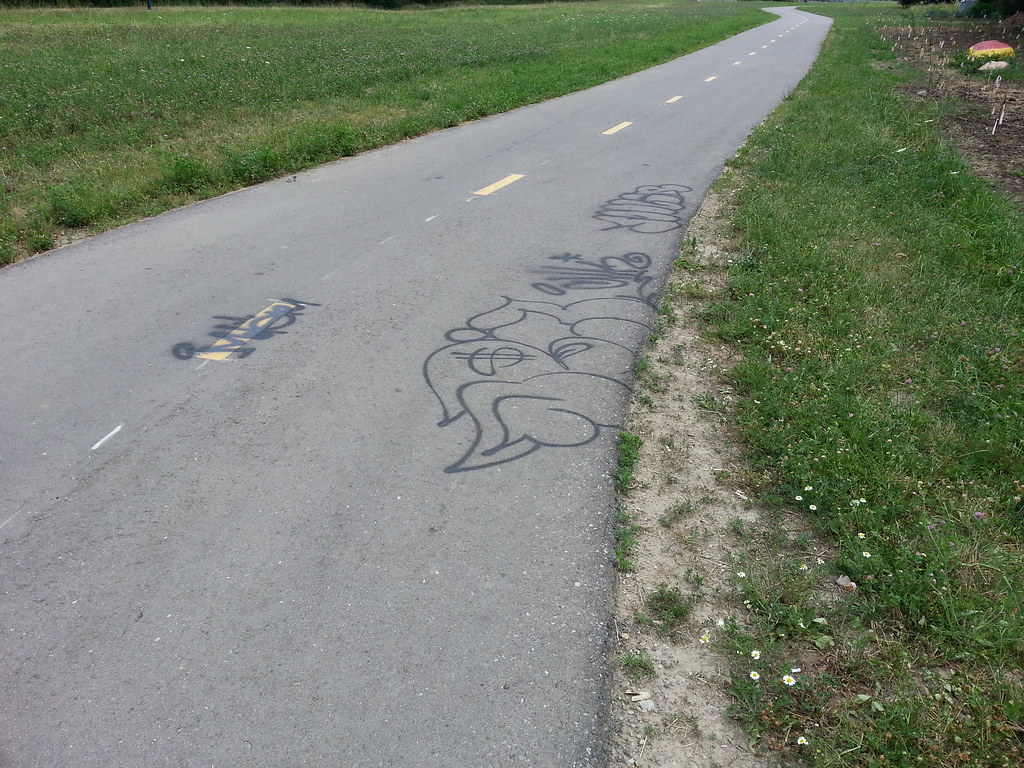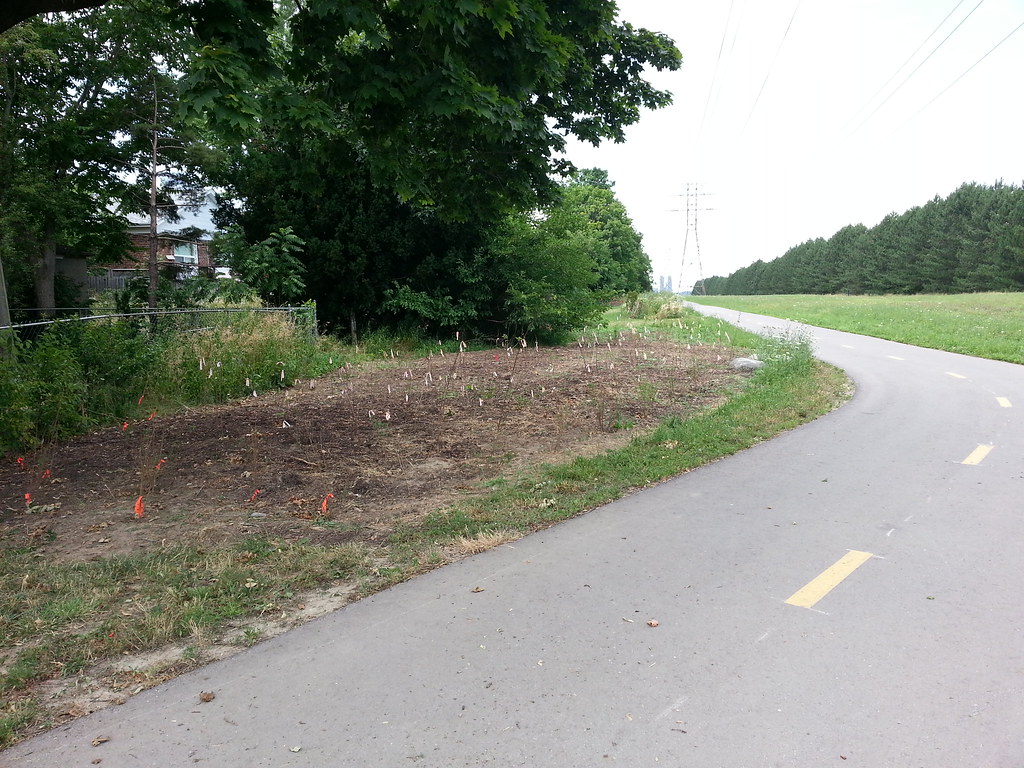Thanks for working that out, reaperexpress. The Martin Goodman Trail is an excellent waterfront amenity that's very popular and deserves more refined solutions like the ones you've devised and illustrated.
My pleasure. But most of the credit goes not to me, but to the government of The Netherlands. I just illustrated what is standard practice over there. The Netherlands is one of the few countries where they truly balance the needs of all modes. Here in North America, road designs frequently risk the lives of pedestrians and cyclists in order to save motorists a few seconds.
On most streets in Finnish cities, the sidewalk on one side of the street is reserved for cyclists and pedestrians, with clear signage, and a white line down the middle, giving cyclists safe off-street paths. Not this bike lane BS we have here.
It's great that Finland is thinking about cyclists, but their designs are nearly as flawed as ours. While they may feel more safe than Toronto's bike lanes, I doubt they actually are.
In Toronto, sidewalk cycling is illegal, and for good reason. On the sidewalk, cyclists are less visible to cars, so they are more likely to get hit at an intersection. Painting a white line and a bike symbol does nothing to change this.
In order for separated bike lanes to be safe, their intersections need to address the increased risks due to reduced visibility. At complex intersections, that means controlling movements which conflict with bicycles (see my image post on the previous page).
At simple intersections, it can be addressed by ensuring clear sightlines and making the bike path obvious, like this example on the MGT:
[video=youtube;BlTFF-j1aK4]http://www.youtube.com/watch?v=BlTFF-j1aK4&feature=plcp[/video]
This is what bike paths should look like.
View attachment 9097
View attachment 9096
Cyclists, pedestrians, and automobiles in harmony.
Why can't we do this in Toronto?
(Images courtesy of Google Maps. Location: Maunula, Helsinki, Finland.)
I certainly hope we won't build bike paths like that. As I stated above, these designs likely suffer from conflicts between bicycles, cars and pedestrians.
Furthermore, Finnish bike paths have a tendency to be too narrow. In order to allow cyclists to pass each other, single-direction bike paths need to be at least 2m wide, with bi-directional paths recommended to be at least 3m.
If we build any bike paths less than 2m wide, they will be disliked by all but the slowest cyclists, creating unneeded opposition to separated cycling infrastructure.
Sadly, Toronto is actually starting to build infrastructure the way you've illustrated. Rather than designing infrastructure specifically for bicycles as is done in Denmark and The Netherlands, we are taking the Finnish strategy of painting a white line on a widened sidewalk, which does nothing to improve the situation for cyclists.







